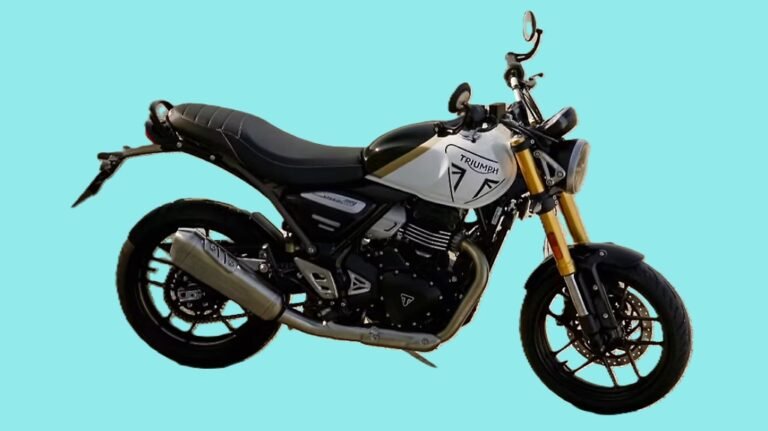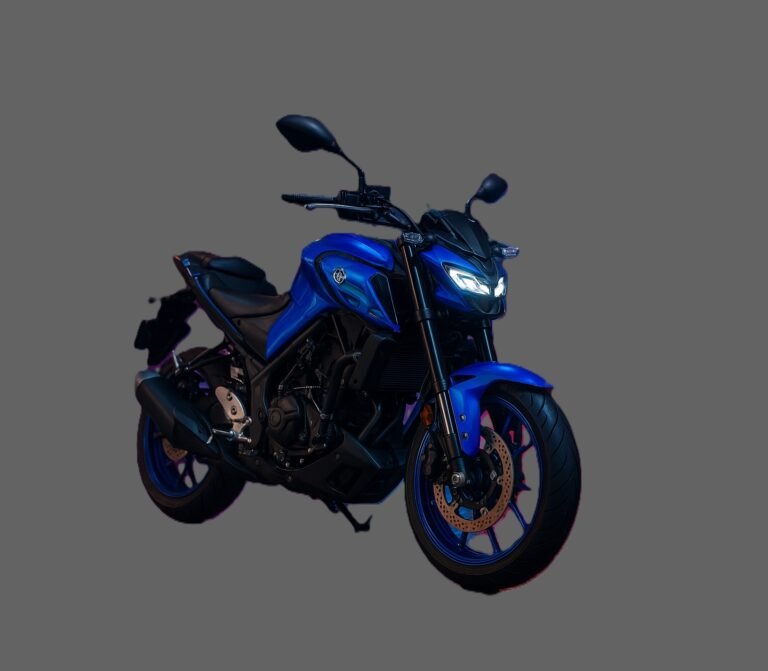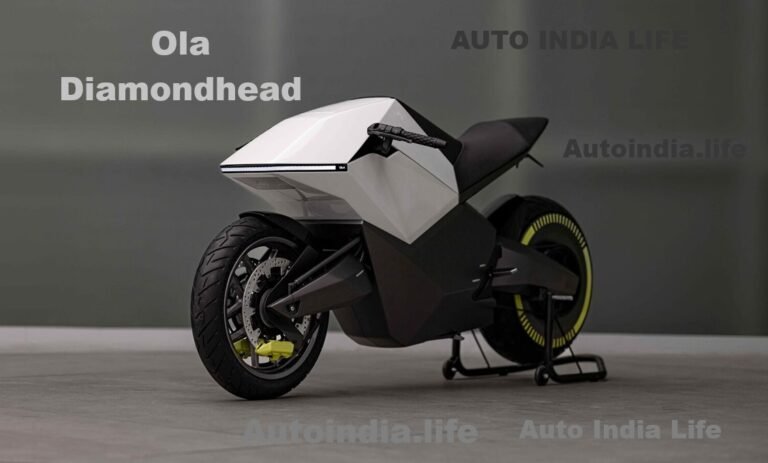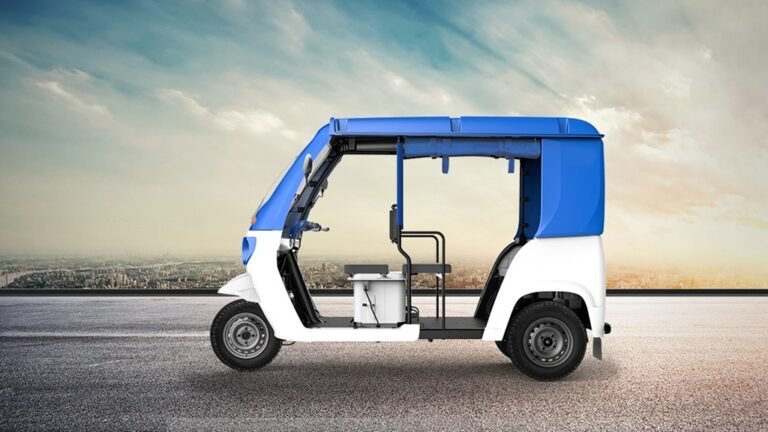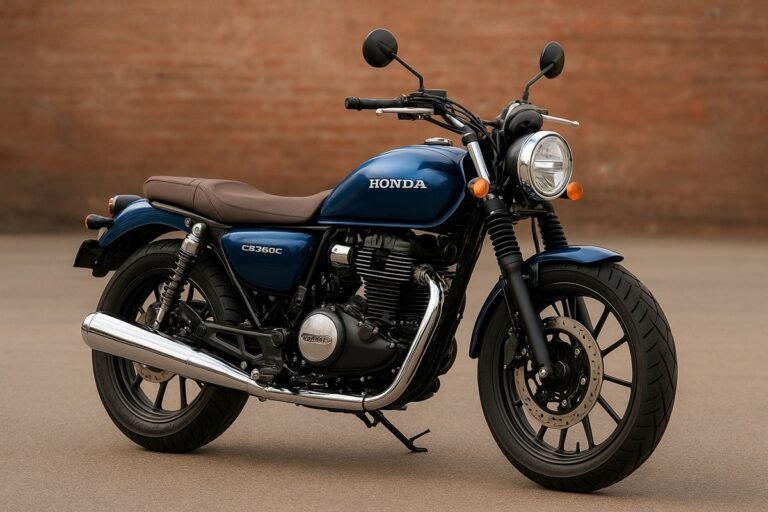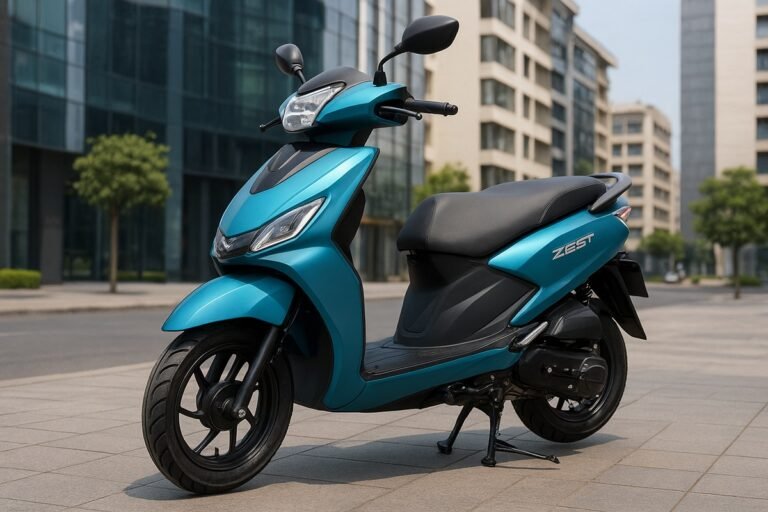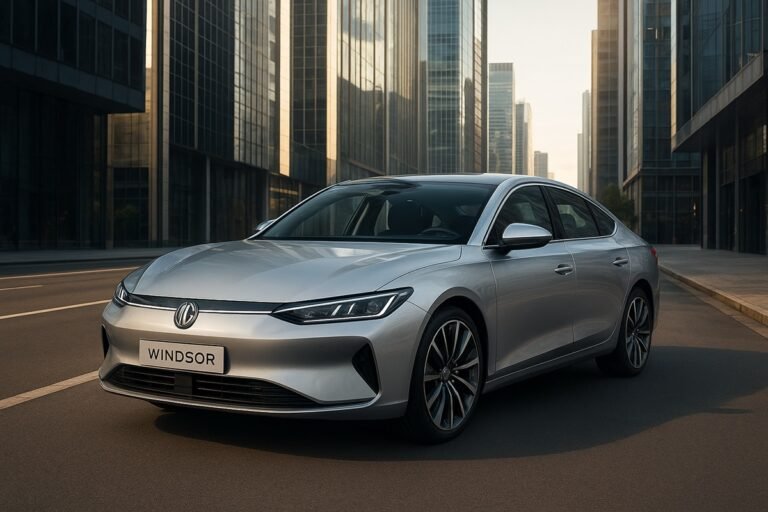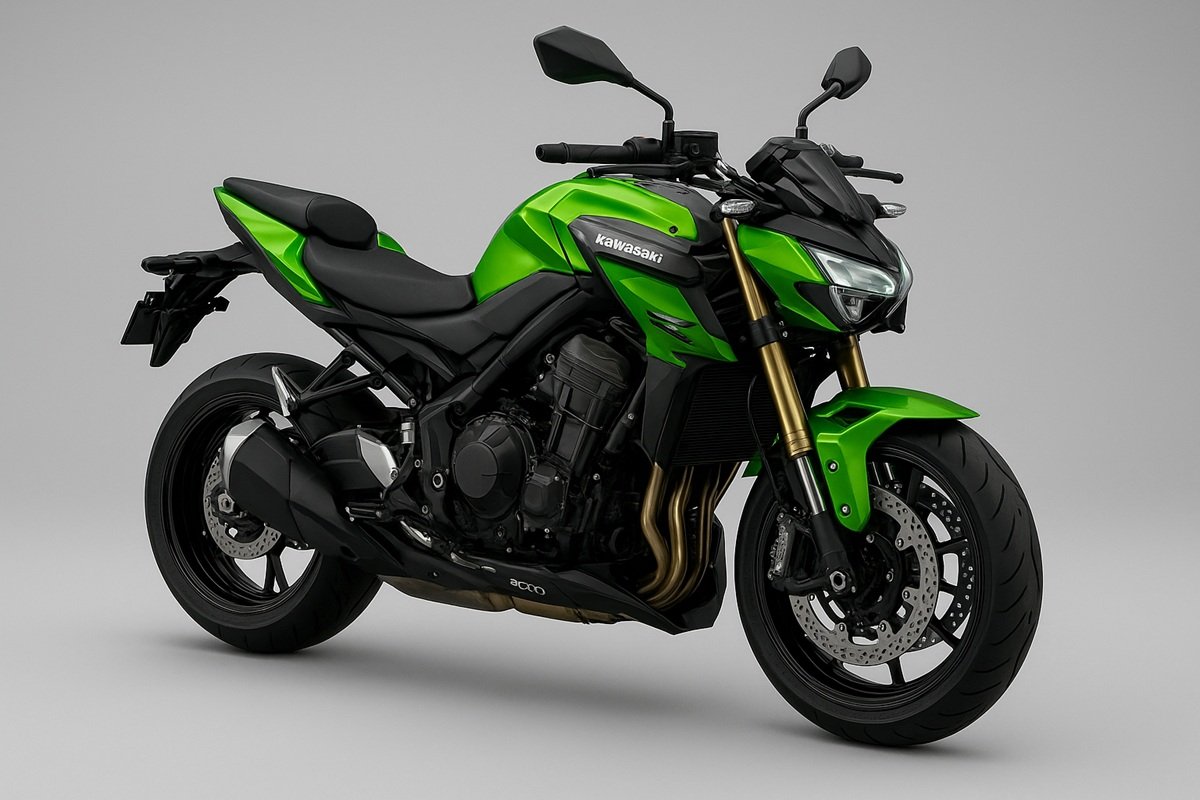
Kawasaki Z1100 2026
2026 Kawasaki Z1100 The Next-Level Supernaked.
Kawasaki is preparing to set a new benchmark in the supernaked motorcycle segment with the 2026 Kawasaki Z1100, a machine that promises more power, sharper design, enriched electronics, and enhanced handling. As the natural successor in Kawasaki’s legendary “Z” lineup, the 2026 Kawasaki Z1100 seeks to combine raw street presence with rider aids for modern-day challenges. Let’s explore what this bike brings, what makes it special, and how it could redefine litre-class naked bikes for riders around the globe.
Design & Styling: Sugomi Awakened
Kawasaki’s “Sugomi” design language returns with full force in the 2026 Kawasaki Z1100 . The styling remains aggressive, predatory even—sharp angles, muscular tank shrouds, and under-cowl fins lend it a stance that looks ready to pounce. The front end features LED twin headlights, menacing and wide, lending high visibility and a signature face in traffic. The under-cowl has been reworked, adding fin-like sculpted surfaces that both look intimidating and improve aerodynamics.
Ergonomics have also been updated: the handlebar in the new 2026 Kawasaki Z1100 is 22 mm wider and sits 13 mm further forward than in previous models. What this means in real terms is better leverage—quicker cornering response, more control in tight turns, and less fatigue during longer rides.
Chassis, Suspension & Brakes Kawasaki Z1100 2026
Beneath the bodywork, Kawasaki has reinforced the frame with a rigid aluminium twin-tube architecture, designed to offer stiffness where needed while keeping weight under control. The front suspension is handled by a Showa SFF-BP inverted fork, which tackles road irregularities with composure. At the rear, a horizontal back-link suspension takes over; for the special edition (“SE”) variant, there’s an Öhlins S46 rear shock with remote preload adjustment for riders who want more tunability.
When stopping power matters, the 2026 Kawasaki Z1100 comes through. At the front are dual 310 mm brake discs clamped by monobloc calipers; in the SE version, Brembo radial-mount calipers and braided steel brake lines add refinement and stronger bite. The rear gets a sizable single disc to match.
Engine & Performance
Power comes from a 1,099 cc inline-four engine. Kawasaki has increased stroke compared to previous 1,043 cc models, added refinements like revised camshaft profiles, stiffer valve springs, upgraded pistons, and optimised intake ports. These changes are aimed at improving low- and mid-rpm torque, which enhances street usability—less need to rev high immediately after launching.
Peak output is around 134 bhp at 9,000 rpm, with about 113 Nm torque at 7,600 rpm. That gives a blend of usable grunt through city zones as well as enough power for open road bursts. To improve highway cruising, the 5th and 6th gear ratios have been lengthened, while the flywheel has been given more mass to smooth out power delivery.
Electronics & Rider Aids
Modern motorcycles demand modern brains under the skin, and the Z1100 has all the latest features. A 6-axis IMU is central, enabling a suite of safety and performance aids: cornering management, lean-sensitive traction control, wheelie control, sliding detection, ABS that works with banking angles, engine brake control, etc.
Riders get selectable power modes—such as Sport, Road, Rain, and a custom “Rider” mode to set personalised parameters. The dual-direction quick shifter (KQS) handles clutchless upshifts and downshifts. Cruise control is also part of the package—especially helpful on long rides. The instrument cluster is a 5-inch full-color TFT screen with smartphone connectivity, navigation, and support through Kawasaki’s Rideology app.
Weight, Dynamics & Everyday Usability
One major improvement for the Kawasaki Z1100 2026 is its curb weight. With full fluids, it weighs approximately 220 kg—lighter than the comparable Ninja 1100 SX. Reducing weight helps with agility and handling, especially in traffic or twisty roads where control matters. Ground clearance, seat height, and ergonomics have been balanced so that the bike feels accessible yet sporty.
The seating posture is upright but engaged, handlebar placement giving control without being exhausting. The twin-tube frame plus chassis geometry aims to combine stability at higher speeds with nimbleness in tight city corners.
Variants & Trim Levels
Kawasaki will offer at least two versions: a Standard model and a more premium SE variant. The SE version adds higher-end components such as the Öhlins shock, Brembo radial front brakes, steel-braid brake lines, and cosmetic upgrades (premium finishes, possibly special color schemes). Riders who want top-tier hardware for improved braking feel, comfort, and style will likely look toward the SE.
What to Expect in India
Though no official launch date has been confirmed in India yet, the likelihood is high that this bike will come as a Completely Built Unit (CBU). Import costs, taxes, and duties will influence pricing heavily. 2026 Kawasaki Z1100 Early estimates place ex-showroom pricing in the ballpark of Rs 14-17 lakh (for the higher spec versions) depending on variant, location, and local taxes. If priced aggressively, the Z1100 could offer a very compelling option for those wanting litre-class performance without losing street presence and amenities.
Rivals & Market Position 2026 Kawasaki Z1100
The 2026 Kawasaki Z1100 will slot above Kawasaki’s current Z900 lineup, offering more power, displacement, and premium componentry. Competing bikes in this class will include naked motorcycles from other manufacturers—those which combine similar power, tech, and styling. It will need to justify its premium by delivering not just numbers, but ride quality, reliability, service support, and brand appeal.
Pros & Challenges 2026 Kawasaki Z1100
Pros:
-
Strong engine with both high-rpm thrill and improved low-mid torque.
-
High-quality suspension and braking hardware, especially in SE trim.
-
Modern electronics suite for safety and versatility.
-
Aggressive styling with Sugomi design, improved ergonomics.
-
Lighter weight makes it more usable especially in stop-start traffic and city rides.
Challenges:
-
Imported models in India will be expensive; service and parts for premium components (Öhlins, Brembo) may cost more.
-
Competition in this segment is heating up; expectations will be high.
-
Raw power must be matched with rideability; a jerky or overly aggressive throttle could hurt usability.
Final Thoughts
The 2026 Kawasaki Z1100 appears set to be a standout in the supernaked class. It takes what worked in earlier Z-series machines, upgrades the engine, sharpens the electronics, and refines ergonomics to produce a bike that’s both thrilling and more usable than many liter-class models.
For riders who love raw aesthetic, want premium performance, and enjoy being on the cutting edge, the Z1100 offers a powerful proposition. If Kawasaki can hit the right pricing and ensure service support, this could be one of the most desirable naked motorcycles in its segment.
Last Updated On 1 October 2025.
See also this: Kawasaki Versys 1100 – The Ultimate Adventure Tourer for 2025 .


